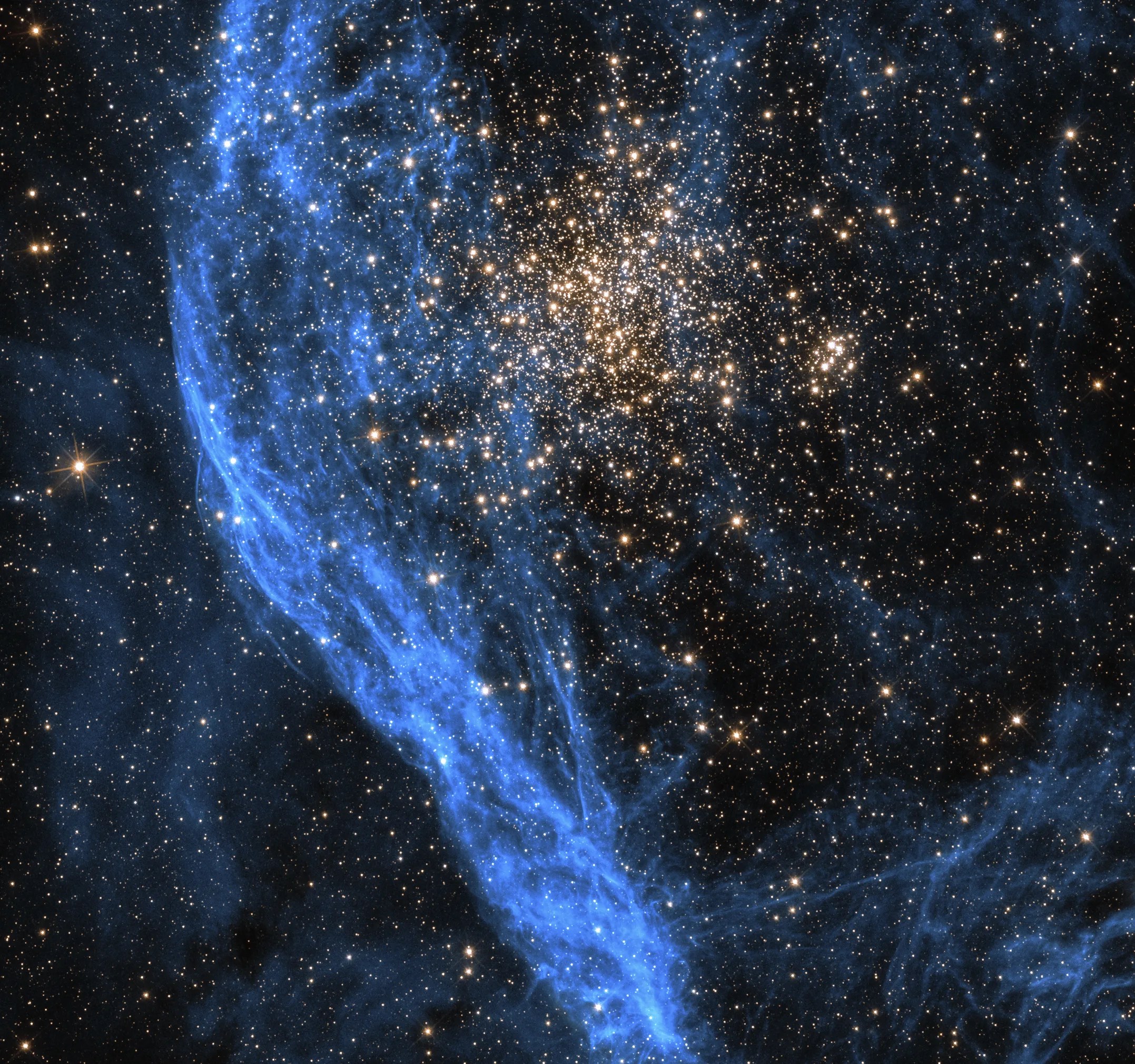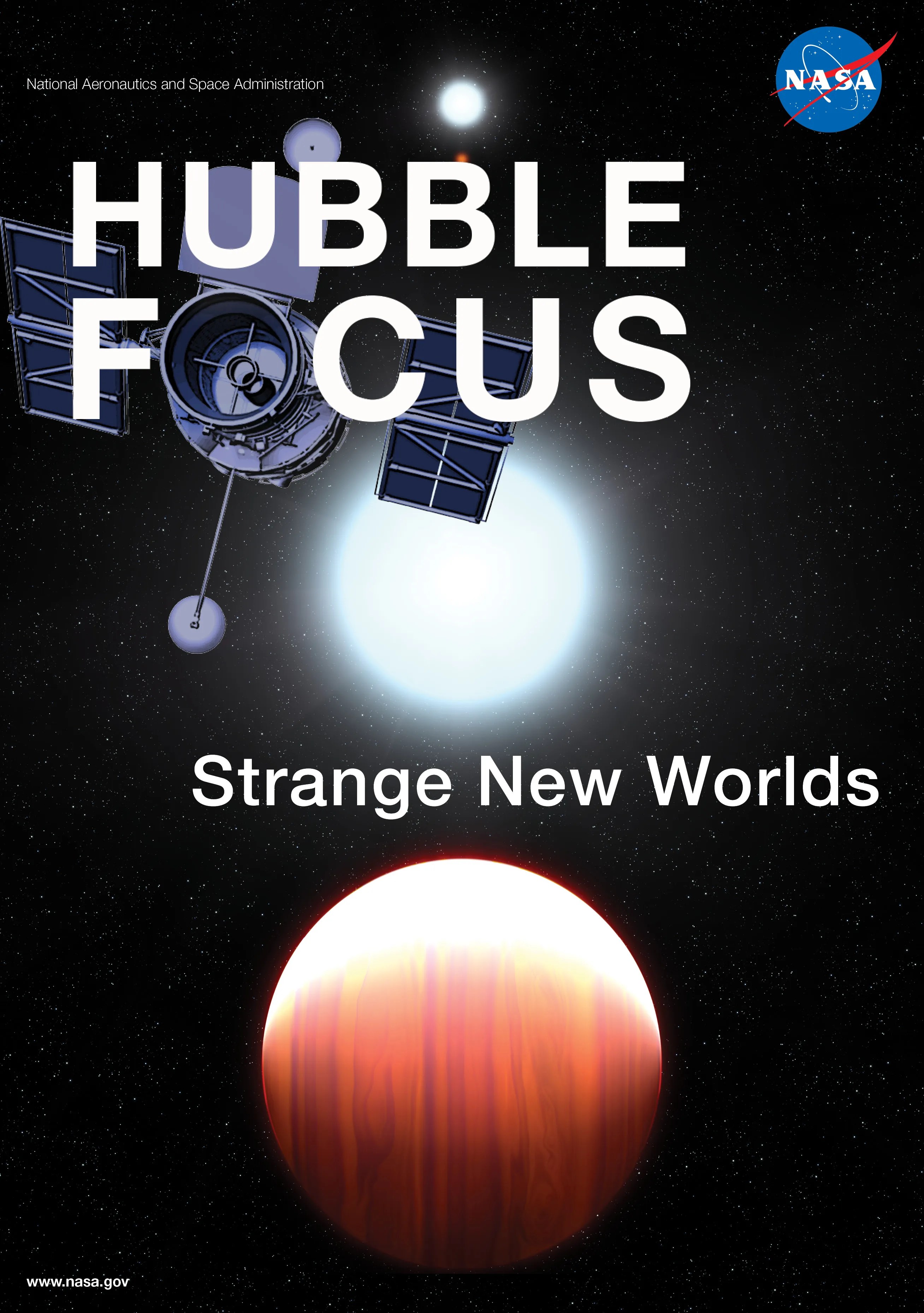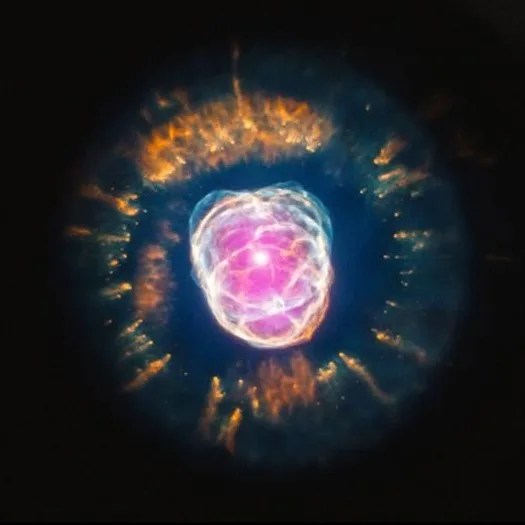Messier 74
Hubble captured this face-on spiral galaxy at visible and infrared wavelengths.
Distance
32 million light-years
Apparent Magnitude
10.0
constellation
Pisces
object type
Spiral Galaxy
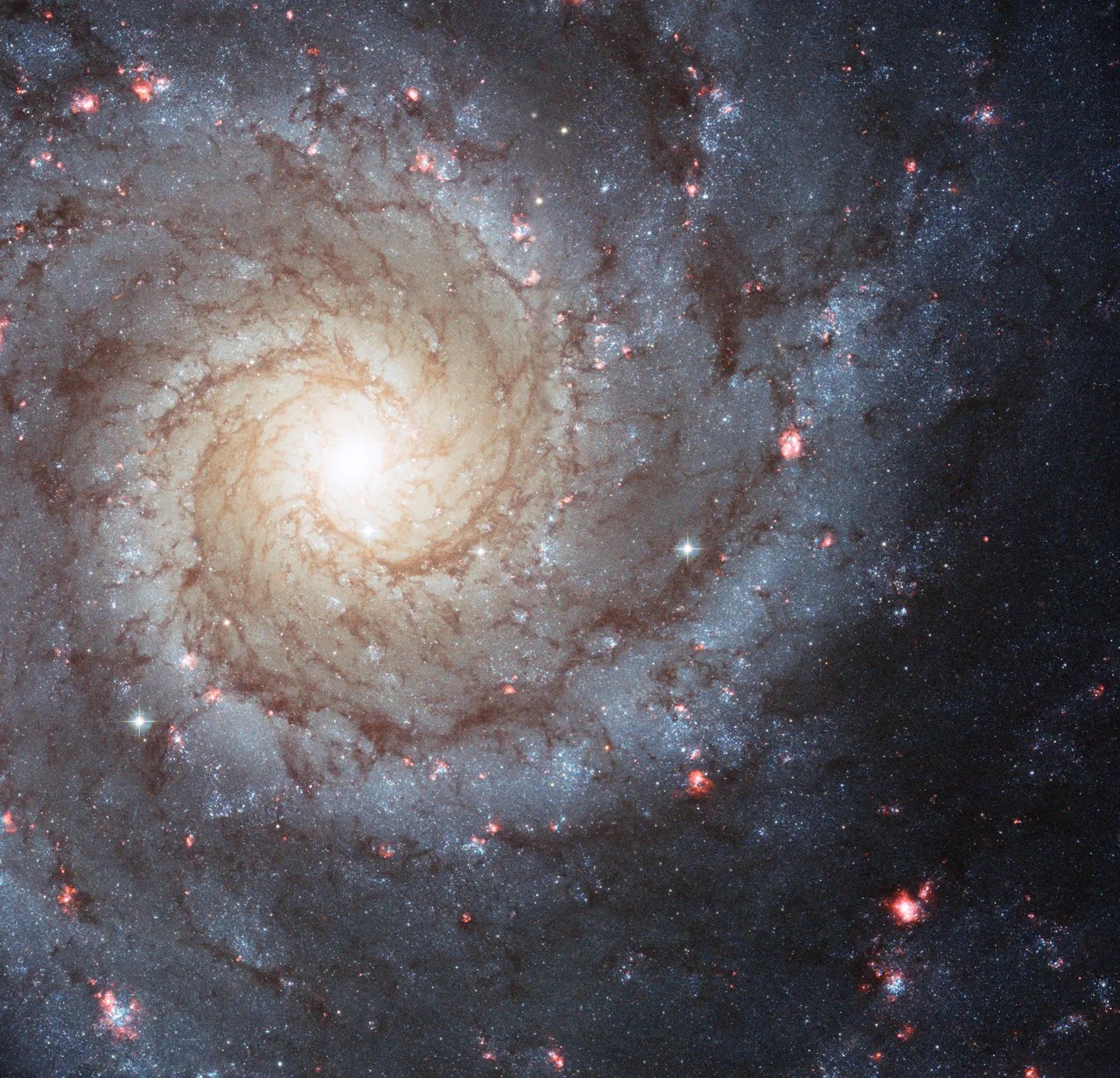
A stunning face-on spiral galaxy, M74 was discovered in 1780 by Charles Messier’s observing assistant, the French astronomer Pierre Méchain. M74 is located roughly 32 million light-years away from Earth in the constellation Pisces. With an apparent magnitude of only 10, the galaxy appears as a faint patch of light through small telescopes. It is best observed during November.
M74 is a perfect example of a grand-design spiral galaxy. Symmetrical spiral arms reach out from the galaxy’s central nucleus and are traced by winding dust lanes. The arms are dotted with clusters of young, blue stars and pink regions where the ultraviolet light from these young stars has ionized clouds of hydrogen and caused them to glow.
This Hubble image of M74 is a composite of exposures taken in 2003 and 2005 at visible and infrared wavelengths. A small segment of this image used data from the Canada-France-Hawaii Telescope and the Gemini Observatory to fill in a region that Hubble did not observe.
For more information about Hubble’s observations of M74, see:
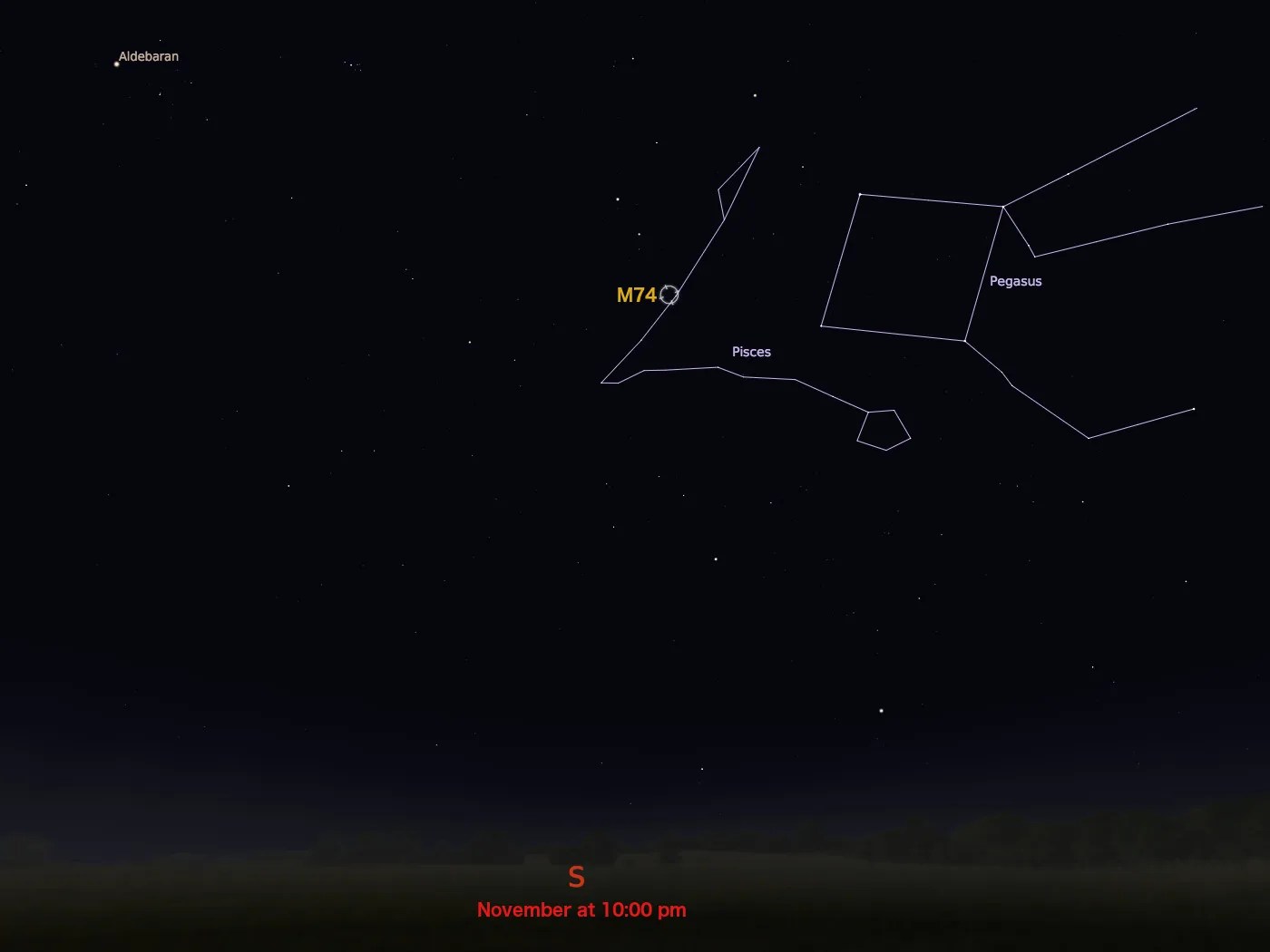
Explore Hubble's Messier Catalog
The following pages contain some of Hubble’s best images of Messier objects.
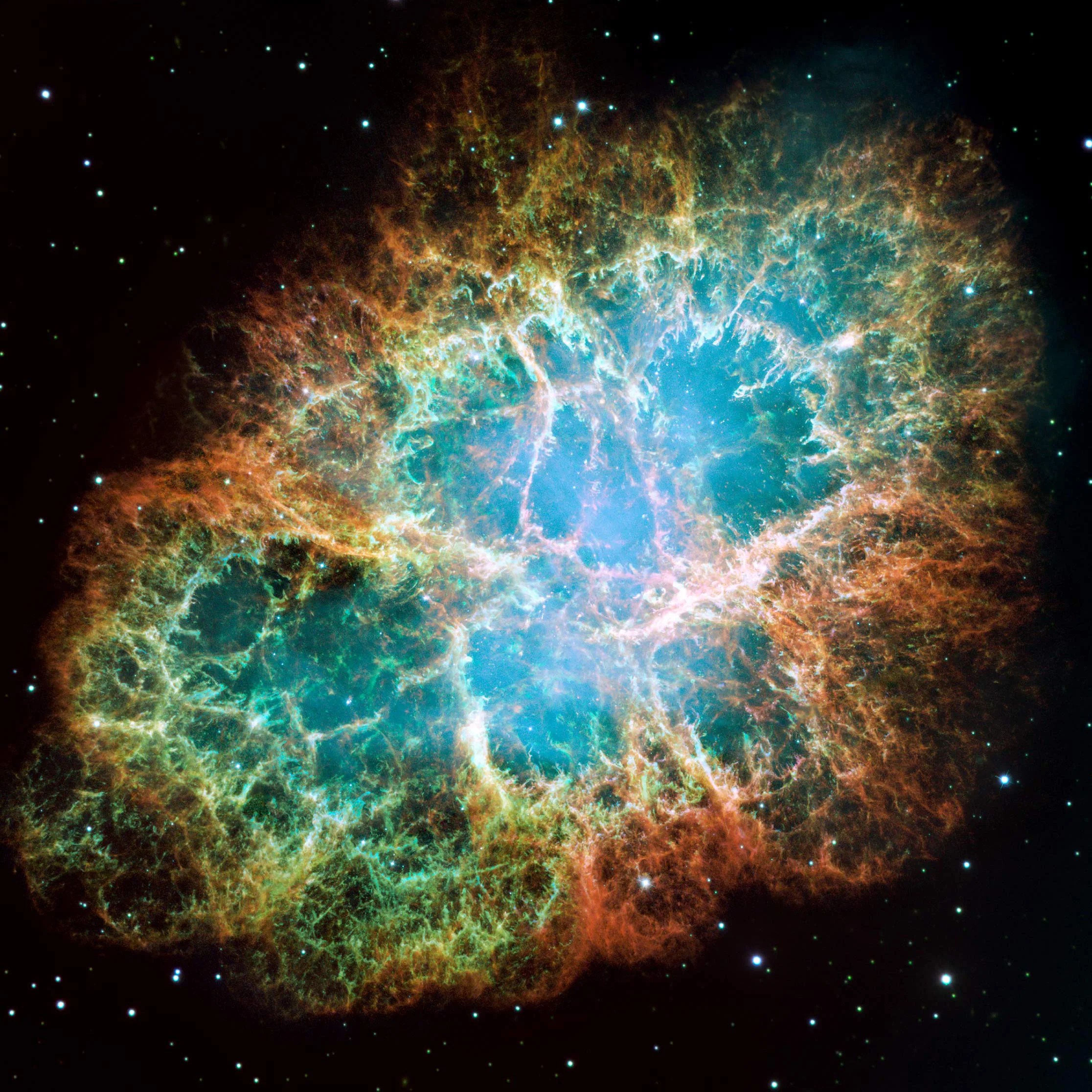
Messier 1 (The Crab Nebula)
Better known as the Crab Nebula, Charles Messier originally mistook Messier 1 for Halley’s Comet, which inspired him to create…
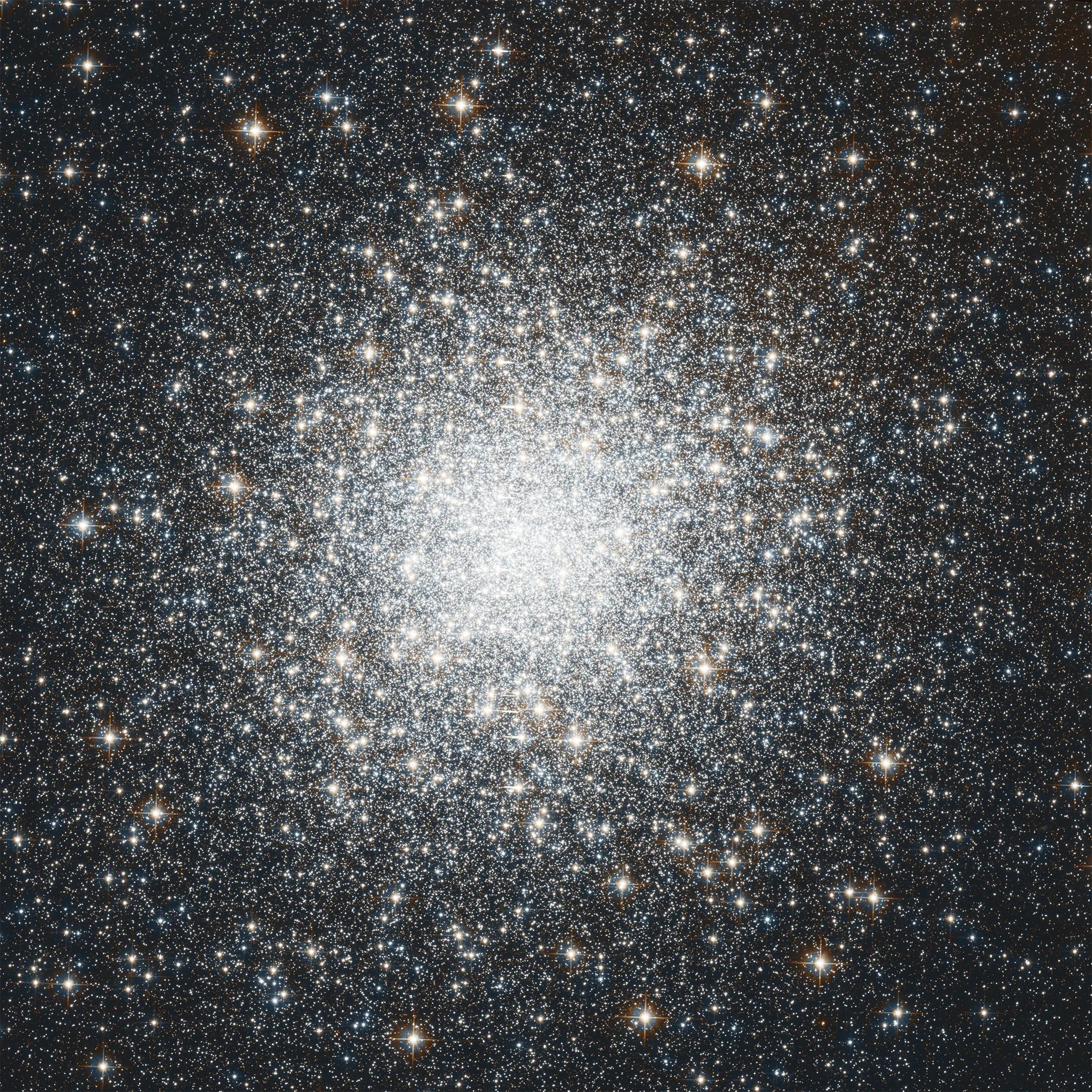
Messier 2
Hubble's image of Messier 2 is comprised of visible and infrared wavelengths of light.
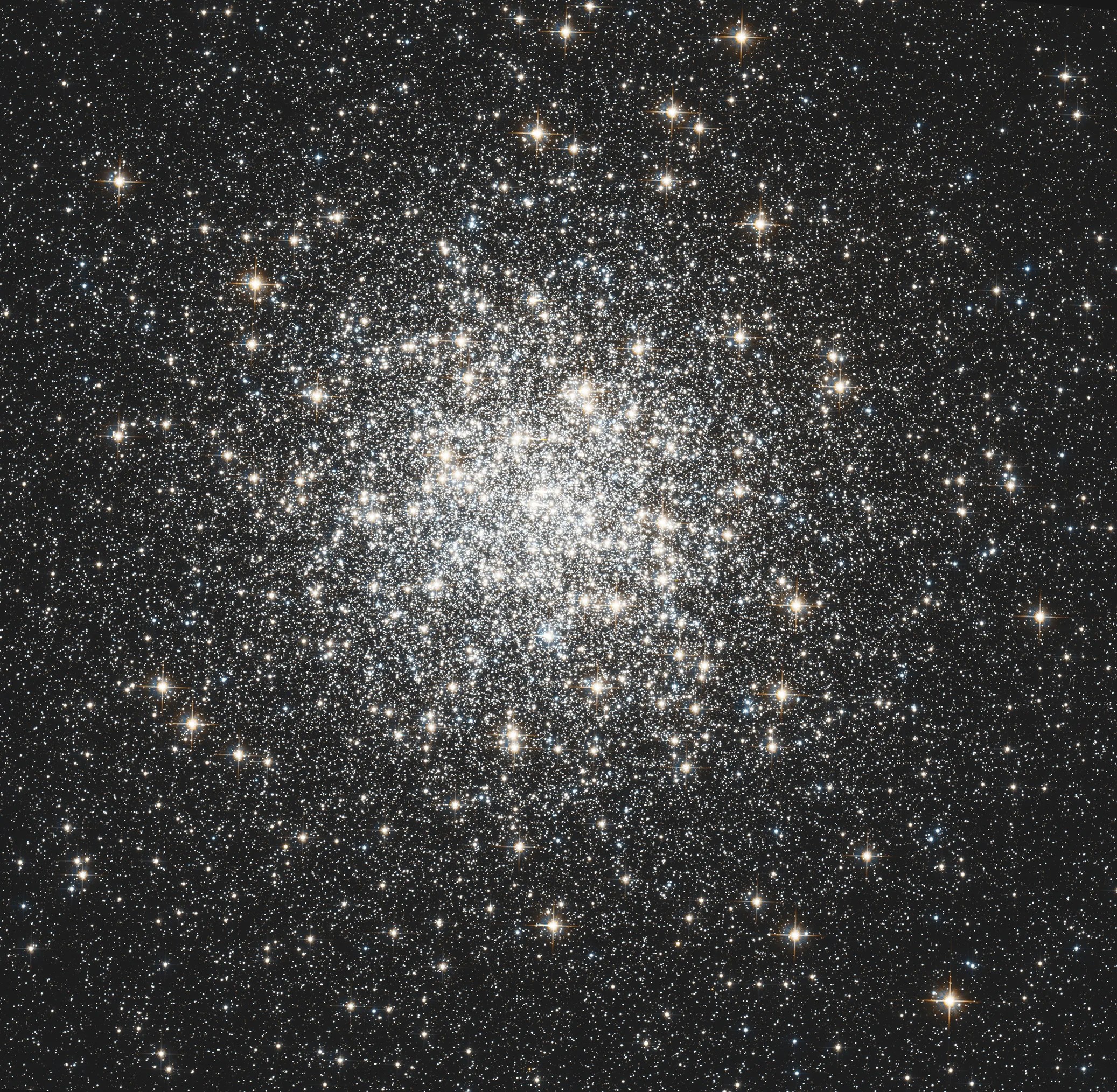
Messier 3
Messier 3 holds more than 500,000 stars.

